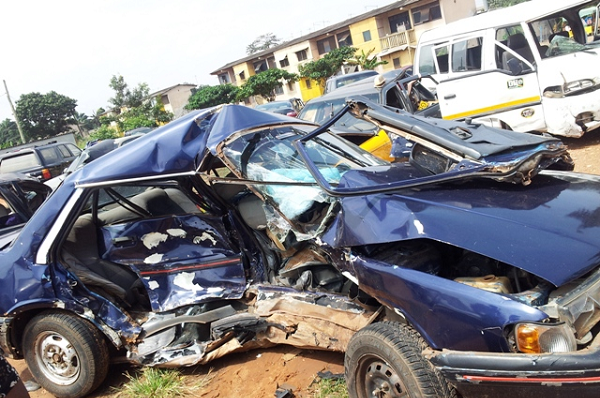The Ashanti Region has earned a grim reputation as home to Ghana’s deadliest roads, with a staggering 3,131 lives lost to road crashes over the past five years and seven months.
According to the National Road Safety Authority, between January 2020 and December 2024, the region recorded 2,831 deaths from road accidents. The situation worsened in 2025, as 441 more people lost their lives between January and July alone. This recent toll represents 25 percent of the national road fatalities, making Ashanti not only the region with the highest number of deaths but also the highest number of injuries.
These alarming statistics came to light during the second road safety journalism training, organised by the Legal Resources Centre (LRC) in partnership with Vital Strategies (VS). The training, which focused on speed management and helmet standards, is part of a broader project aimed at supporting advocacy for new road traffic legislation and improved motorcycle helmet standards in Ghana.
Kwasi Agyemang Boateng, the Regional Road Safety Director, described the region’s road safety situation as “deadly” in an interview with Kumasi FM’s Elisha Adarkwah. He stressed the urgent need for intensified road safety education and stricter enforcement within the transport system. Boateng highlighted poor road infrastructure, driver behaviour, and traffic violations as major contributors to the crisis, urging for engineering solutions to address these challenges.
Enock Jengre, a Programme Officer at the LRC, explained that the training was designed to empower journalists and news editors to use their platforms to promote road safety and help reduce crashes, injuries, and fatalities.
While accurate reporting on road accidents is important, Ms Mavis Obeng Mensah, Communications Director at the Blomberge Philanthropic Initiative for Global Road Safety Ghana (BIGRS), encouraged journalists to adopt solutions journalism and focus on ways to address the underlying issues of road safety in Ghana.
Source: Apexnewsgh.com











